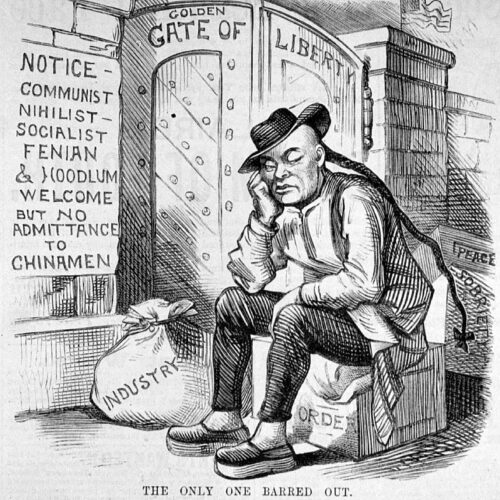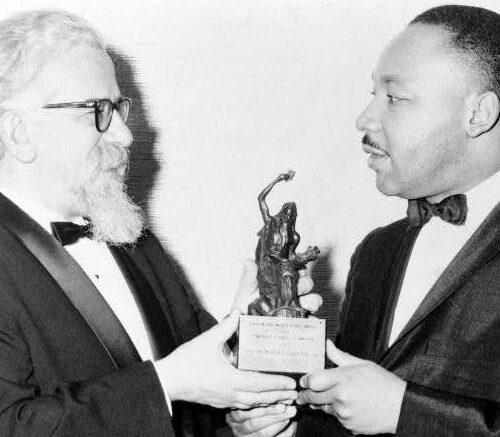Lessons
A Shape-Shifting Virus: Contemporary Antisemitism in the United States

State standards
Results
Length: 60-120 minutes | Grades: 6-12 | Themes: antisemitism
Lesson Overview
Antisemitism is often called the world’s oldest hatred, a term that speaks to its long history but not its constantly shifting form. It adapts across time, often contradicting itself, casting Jews as both communists and capitalists, or as racially other while benefiting from white privilege. These contradictions reveal that antisemitism does not follow consistent logic. Instead, it centers on false beliefs about Jewish power and secret influence. This core conspiracy remains at the heart of modern antisemitism, even as it evolves to fit different cultural and political moments.
In this lesson, students examine contemporary antisemitism in the United States by analyzing propaganda, interpreting data, identifying common tropes in recent case studies, and reading firsthand accounts from Jewish students about its personal impact. Together, they will create a brave space for thoughtful discussion and reflection on this challenging topic.
Enduring Understanding
Antisemitism is a shape-shifting and evolving phenomenon that revolves around numerous conspiracy theories about the nature of Jewish people and claims to their collective control over institutions and aspects of the modern world.
Antisemitism can manifest itself along an ideological spectrum, figuring into the worldviews of righ-twing and left-wing political camps.
Essential Questions
What does antisemitism look like, particularly in 21st century America?
Why is antisemitism a pervasive form of hatred?
Learning Objectives
Students will be able to interpret empirical data to recognize that antisemitism continues to be the most pervasive form of religiously-motivated hate crime in the United States, year after year.
Students will be able to identify multiple antisemitic myths in 21st century forms of antisemitic speech and behavior.
Toolkit
-
Contemporary Antisemitism in the United States lesson plan
-
Contemporary Antisemitism in the United States slide deck
-
Contemporary Antisemitism in the United States Statistics handout
-
Contemporary Antisemitism in the United States Case Studies handout
-
Antisemitism Uncovered: Myth of Power video
-
Antisemitism Uncovered: Anti-Zionism video
-
In Our Name: A Message from Jewish Students at Columbia University handout





